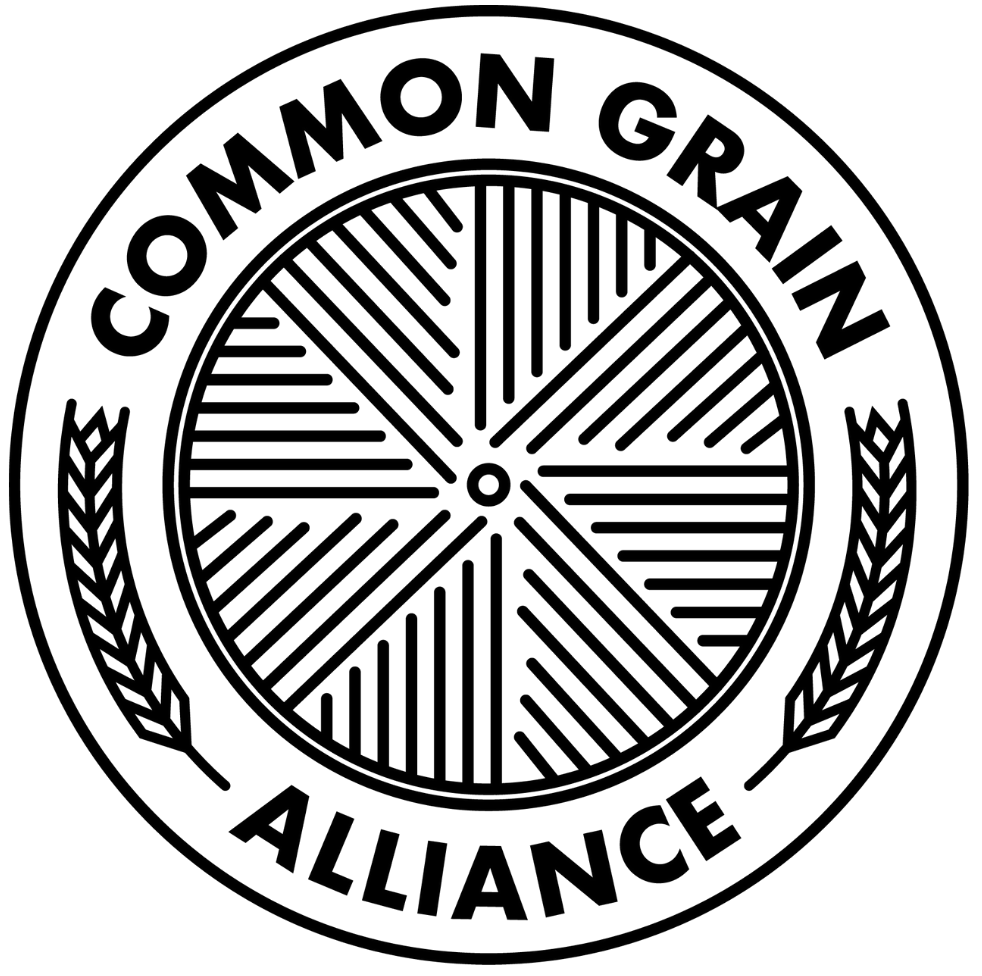Planning Crop Rotations
A healthy cover crop mixture of winter rye, hairy vetch, and field peas on a vegetable farm.
The reasons to develop a robust crop rotation are easier to understand than to implement; how do you choose what to plant from the array of available cover crops? The answer is: it depends on your whole farm system (e.g. row crops, vegetables, or grazing livestock) and what you need the cover crop to do (e.g. scavenge nutrients, suppress weeds or provide forage).
The good news is, any crop you choose will be better than leaving your soil bare. This is because living plants cover the soil protecting it from disturbance through weathering and erosion, and their living roots produce sugars and other food for soil biota. If you choose a crop from a different family than the previous crop (i.e. not two cereals in a row), it can break up disease and pest cycles while adding biodiversity to your farm. Biodiversity is important because it invites the development of complete communities of organisms on your farm, which include predators and competitors of pathogens that may otherwise thrive in an impoverished monoculture. And let’s face it, biodiversity is also beautiful; beauty signals good stewardship which leaves the land richer than you found it.
Your cover crop may also perform other functions, like holding on to scarce nutrients, adding Nitrogen to the soil, providing forage for your livestock, adding organic matter to the soil, suppressing weeds, or breaking up compaction. Let’s look at an example from A. Cooper, one of our CGA member farmers.
Fig. 1: A one-year row crop rotation showing the annual cycle of corn planting in the spring followed by a mixed cover crop of winter rye and crimson clover planted in the fall after the corn is harvested. That cover crop overwinters until it is roller-crimped (shown in the image) and the corn is no-till drilled into the crimped cover crop.
Fig 1 shows a winter rye-clover cover crop getting crimped in preparation for corn planting in the spring. This one-year rotation is a good start, but because grains store so well, farmers can diversify both their farm’s ecology, and their income streams, by adding more years to their rotations. For example, a two-year rotation might look like that shown in Fig. 2, which incorporates pastured livestock. Adding a third year (Fig. 3) opens up many more options; in this case, forage is replaced by soybeans, which is followed by wheat.
Fig 2. A second year is added on to the one-year rotation shown in in Fig 1, with a second rye-clover cover crop being used as late winter / early spring forage in advance of a summer annual, which could be something like millet or buckwheat, a vegetable like cucumbers, or summer annual forage.
Fig 3 Adding a third year gives you more options, including adding wheat or other cereal grain, and a legume cash crop (soybeans in this case).
When you are designing your crop rotation, there are many tools (like this chart and this one), and not many rules. But one important rule to remember is to never plant a cereal like wheat directly after corn–it will increase your risk of Fusarium infection, which I’ll write about next week. Until then, happy planning!
This material is based upon work that is supported by the National Institute of Food and Agriculture, U.S. Department of Agriculture, under award number 2019-38640-29878 through the Southern Sustainable Agriculture Research and Education program under subaward number LS20-327. USDA is an equal opportunity employer and service provider. Any opinions, findings, conclusions, or recommendations expressed in this publication are those of the author(s) and do not necessarily reflect the view of the U.S. Department of Agriculture.






